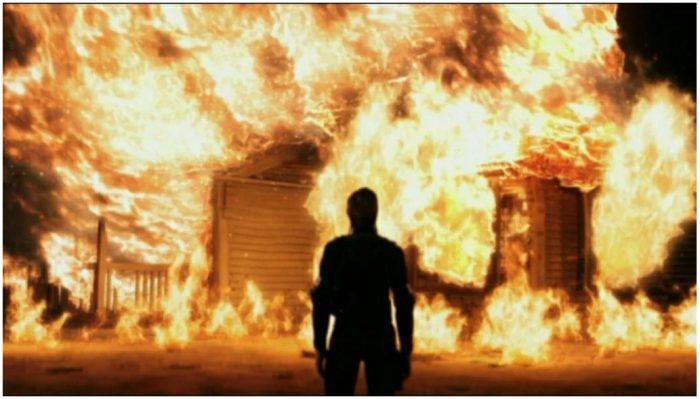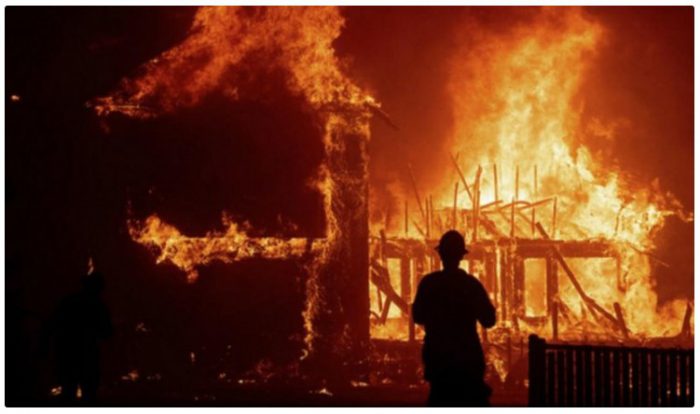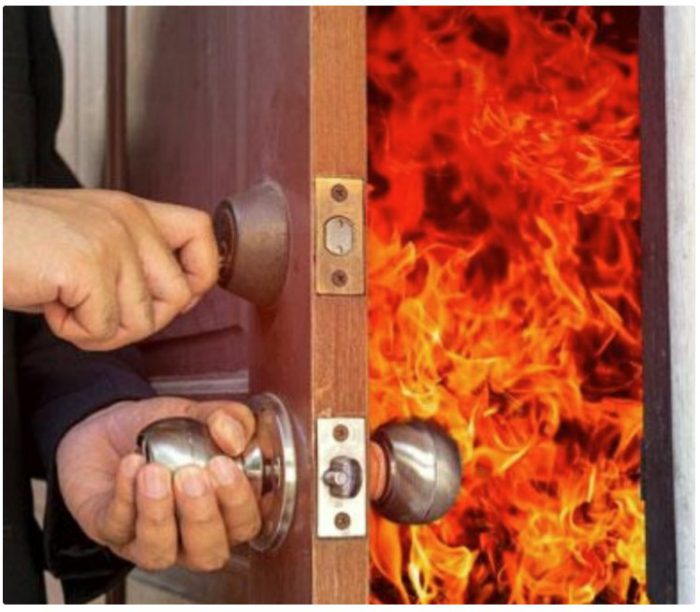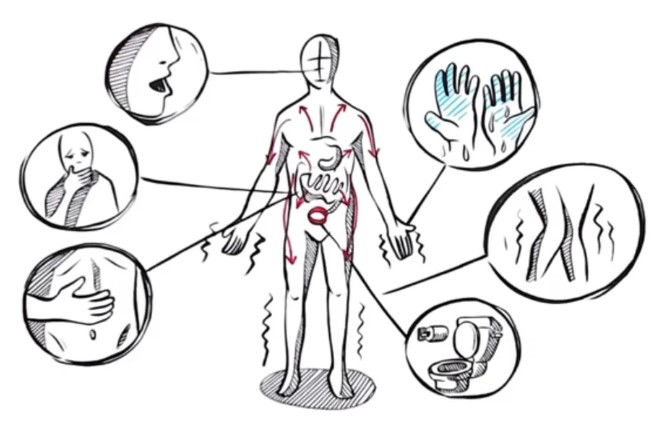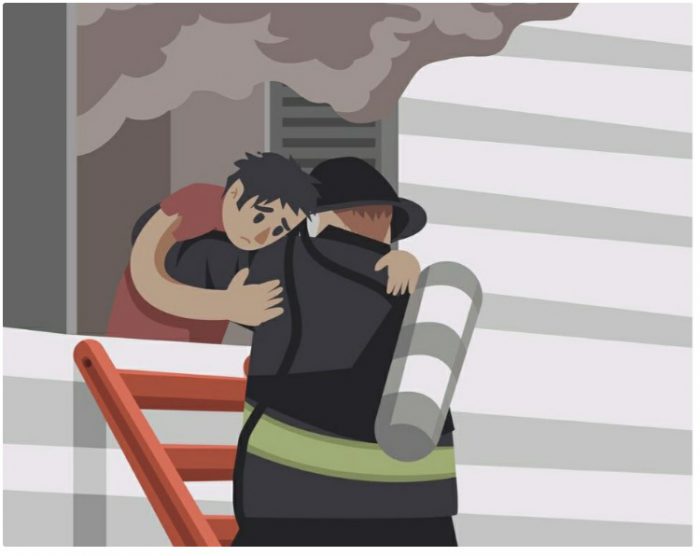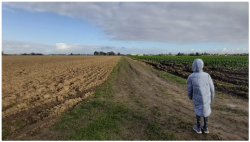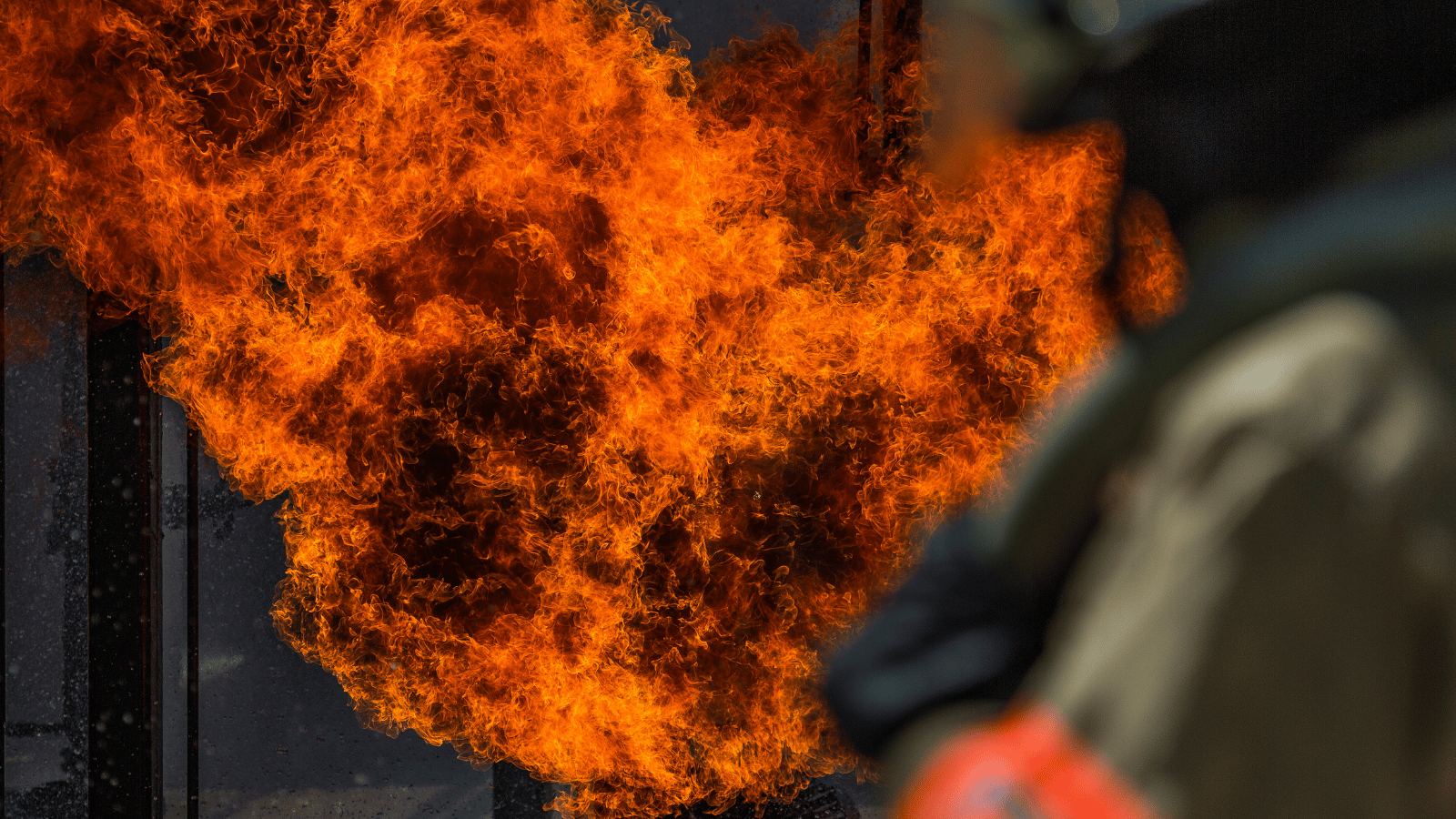
I’m writing this blog as the father of a twelve year old girl who has been consumed by an anxiety disorder this year. This is our lived experience and it’s a journey we’re still navigating.
I’m writing this blog as a man who, alongside his wife, comforted his daughter when she vomitted and reassured her when she sobbed with the pain of intense headaches. I’m the dad who held his daughter’s hand when she cried herself to sleep and helped her to control her breathing when she woke with panic attacks in the middle of the night. I’m writing this as a parent who was told his child was “fine in school” but who saw that his daughter was breaking.
I’m writing this blog as someone who understands the education system and who understands the particular pressures on school leaders around pupil attendance. I was a primary school Headteacher for 12 years, until earlier this year. I’ve led or been part of the TAC process, the PSPs and the attendance panel meetings. I’ve had “those” conversations with local advisors and Ofsted inspectors about attendance figures, absence causes and action plans for improvement. I’ve had the overall responsibility for children’s well-being and for managing their attendance.
I’m writing this blog because an inordinate number of young people are suffering from anxiety, to some degree. It’s an incredibly misunderstood condition which attracts much judgement. The truth is, anxiety can be debilitating for a child and it can turn a family’s world upside down. If we wish to support the children in our classes and in our schools, and more widely in society, we need to understand what they’re experiencing.


